His Three Daughters
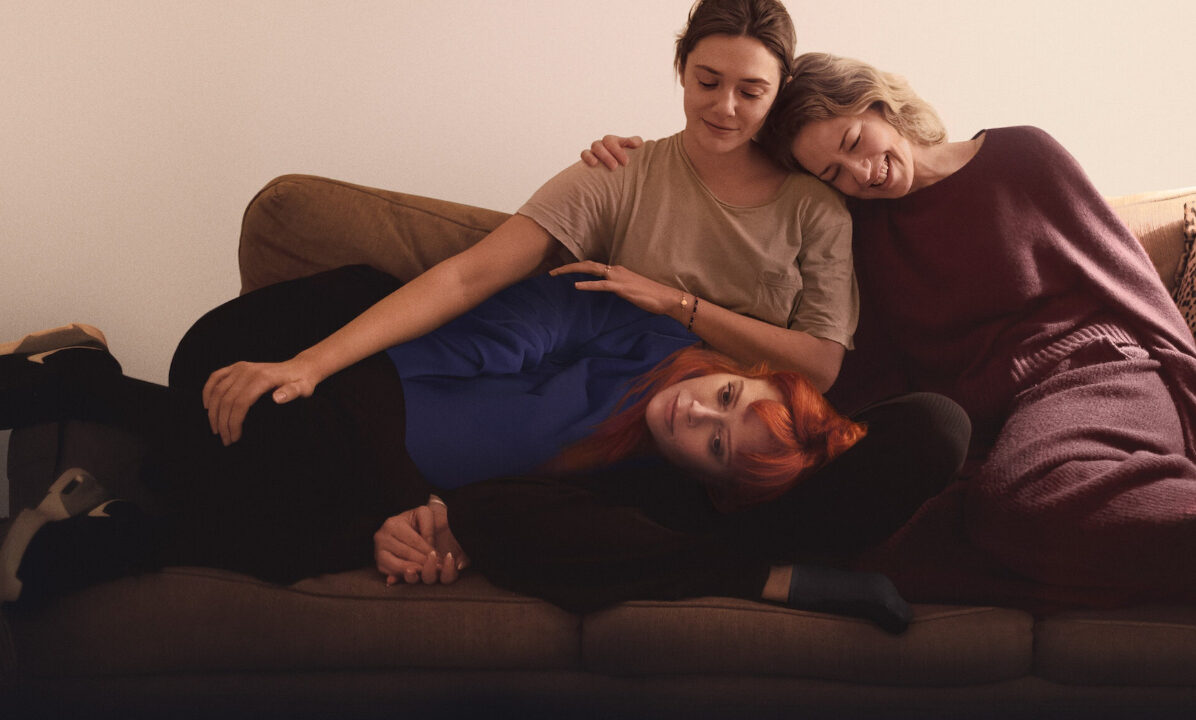
Beautifully touching, His Three Daughters is a story of family reunions, biological versus adopted parental bonds, and grief healing old scars and bringing the most unlikely of people together. Uncomplicated in its premise, it follows three sisters – played wonderfully by Carrie Coon, Natasha Lyonne and Elizabeth Olsen – as they take care of their sick father in his final moments. With three very different personalities and struggles of their own, each sister’s issues bleed into the frustrations they feel with the situation at hand. This causes arguments to explode, straightforward disagreements to turn into volatile discussions and personal attacks, and to each of them hurting one another. But amidst all the emotional turmoil and the chaotic mess of their lives, the one thing that connects them is their undying love for their father – and that brings them closer to understanding each other.
One of the most interesting visual aspects of the picture that helps the storytelling immensely is this focus on symmetry and the sisters being different points of a triangle. Viewers can see this in the framing of the scenes, the way they sit across each other at the dinner table and in the living room, and even the locations they most frequent. This is very symbolic of the love that all three of them have for their father, his equal affection for his daughters, and the undeniable bond between them that the characters themselves may not always openly express.
Centre framing of each sister aids in that regard and also highlights them as individual characters with lives outside of their father and each other. The characters are unique, all of them with a specific love language that they share with the patriarch of the family. Most importantly, centre framing emphasises the empty space within the scenes that relays to the audience the incompleteness that they feel without the support of their sisters. This is amplified by the choice to not cut between angles but rather move with the camera through each room and hallway of the apartment to create this sense of suffocation as they are all forced into one space together.
Truly, the most beautiful thing about the feature is how their individual problems are referenced through context clues yet none of these issues are fully addressed or resolved. The focus stays solely on the varying relationships that permeate through their father’s apartment. That in itself is reflective of the way life can be: just because they have healed from their experience with one another, doesn’t mean the rest of their problems have disappeared. This, accompanied by a small plot twist at the end, leads to a very bittersweet ending; there’s sadness and pain ever-so-slightly present, but there’s also acceptance, contentment and a new kind of happiness they haven’t had before. His Three Daughters is simple yet impactful in that regard.
Mae Trumata
His Three Daughters is released on Netflix on 20th September 2024.
Watch the trailer for His Three Daughters here:


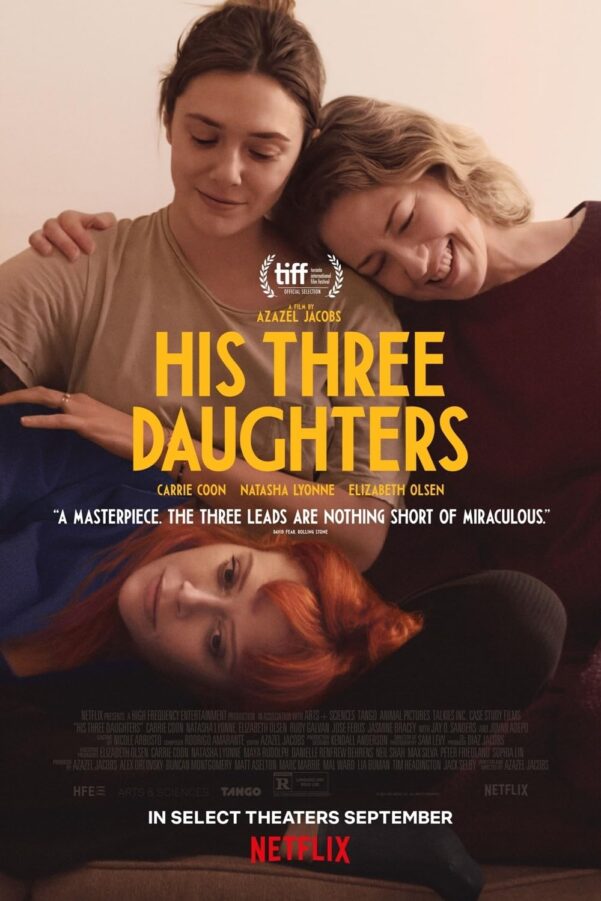
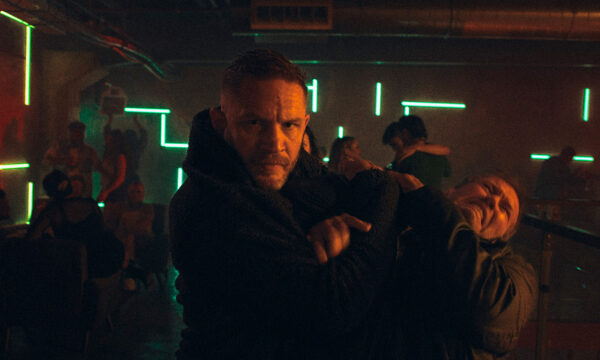
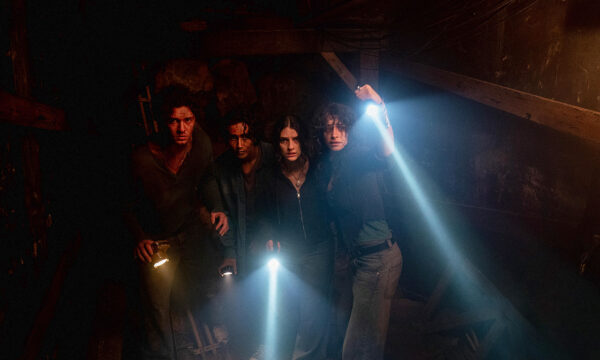
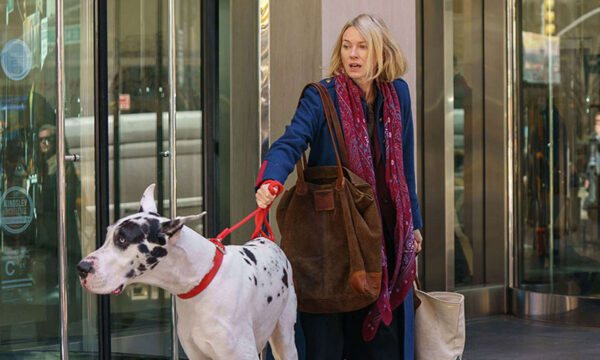

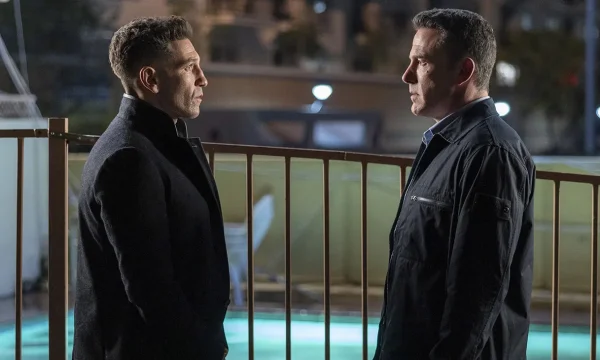
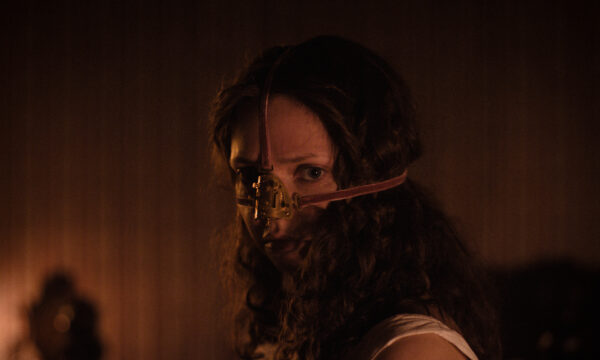
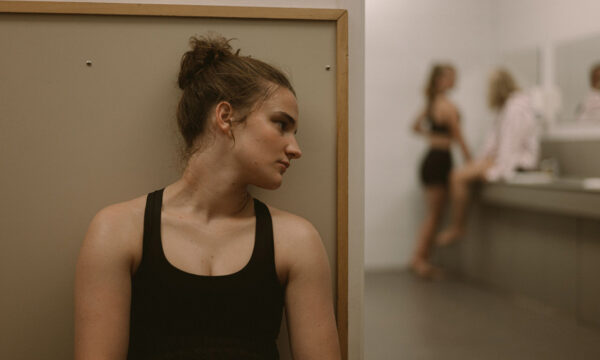

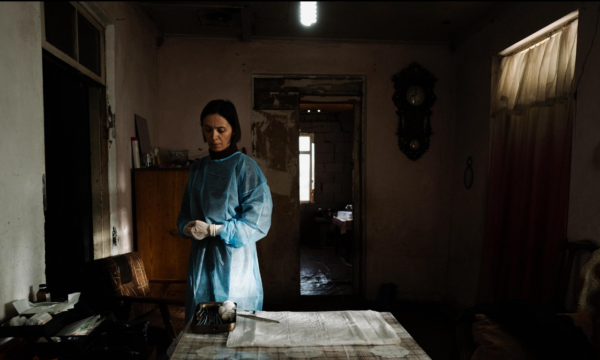













Facebook
Twitter
Instagram
YouTube
RSS